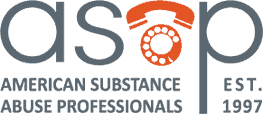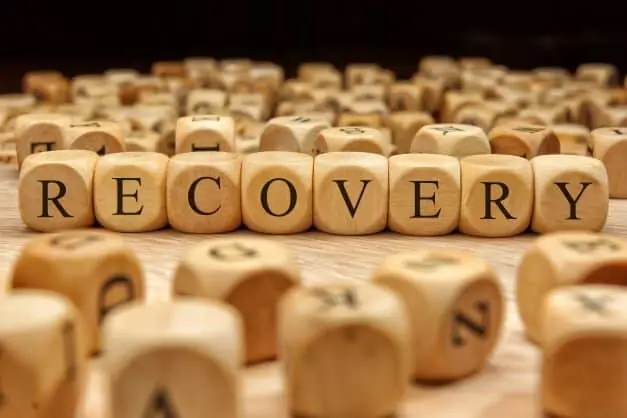By: Kelsey Moreira, Forbes Councils Member
Substance use disorder among the workforce is more prevalent than many people might think. Consider that 68.9% of people who use illicit drugs and 79.3% of people who binge drink are employed and part of the workforce, according to a 2013 survey by the Substance Abuse and Mental Health Services Administration.
Many of those battling addiction are often able to mask it, but substance use can still affect their work performance. In addition to being detrimental to the employee’s quality of life, addictions can negatively impact a company’s overall productivity, cause increased absenteeism, lower morale, risks to on-the-job safety and more.
Since the pandemic began, substance abuse has seen an incline and continues to be a concern. “Experts agree based on research and clinical observation that pandemic-related strains, from economic stress and loneliness to general anxiety about the virus, are a major driver for the increase,” according to the American Psychological Association. Substance abuse also carries a significant price tag. Treating opioid addiction alone cost large employers $2.6 billion in 2016, the Associated Press reported.
Yet, I believe too many workers struggle silently, and employers often don’t realize there is an alternative to firing an employee who may be in need of help. The stigmas around addiction and mental health compound the problem by deterring individuals who are struggling from reaching out for help. Stigmas also reinforce workplace cultures where these issues are taboo to discuss.
If an employee is struggling with addiction, employers need to develop a path to recovery, rather than termination. At my company, Doughp, there is a mental health policy for employees to know they can bring their full selves to work and they’ll be supported no matter their struggles, including addiction recovery. As a designated recovery-friendly workplace, our culture breaks down the taboos of discussing addiction and other mental health issues by providing a weekly forum where employees can share and get support without shame or judgment, and where vulnerability starts from the top. Below are a few ways you can do the same in your own business:
- Create a culture that allows open discussions about recovery and sobriety. Too often, employees will feel the need to hide their addiction out of shame. Even those who are in recovery might keep it under wraps. Creating a culture that allows employees in recovery to share openly — without judgment — normalizes and works to shatter stigmas. It can also open the forum to others who might be struggling to come forward, and it creates a culture of inclusion where differences are normalized.
- Have an action plan. Hope for the best, but be prepared with a plan should an employee come forward or is discovered to be struggling with addiction. Make sure managers know company protocols and are properly trained should an employee need help. Again, the idea is to support them on a path to recovery.
- Educate employees and management. By offering education on substance abuse, you can open a dialogue with your employees and break down the shame often attached to addiction. I’ve found there are many who don’t understand addiction and may pass judgment without knowledge of the illness. In addition to general education for employees, I suggest managers also be trained on how to recognize signs someone is struggling with addiction or their mental health.
- Celebrate recovery and sobriety. Companies often celebrate birthdays, retirement, engagements and new babies, so why not also celebrate sobriety? If you have employees who are in recovery and are proud of their sobriety, join them in celebrating a sober birthday or milestone. This helps to break down stigmas around addiction as well. Celebrations also help to boost morale and show employees they are valued. By adding these milestones to the list of celebrations, it promotes inclusion and acceptance in the company culture.
- Have support and resources available. Ensure there are resources that can be shared should an employee need help. For example, one can call the Substance Abuse and Mental Health Services Administration’s helpline. According to SAMHSA’s website, the helpline is confidential, open 24 hours per day and free for anyone struggling with mental and/or substance use disorders.
Moreira, K. (2021). Addiction in the workplace: How leaders can help create a path to recovery. Forbes. https://www.forbes.com/sites/forbesbusinesscouncil/2021/10/12/addiction-in-the-workplace-how-leaders-can-help-create-a-path-to-recovery/?sh=548a8e662194


